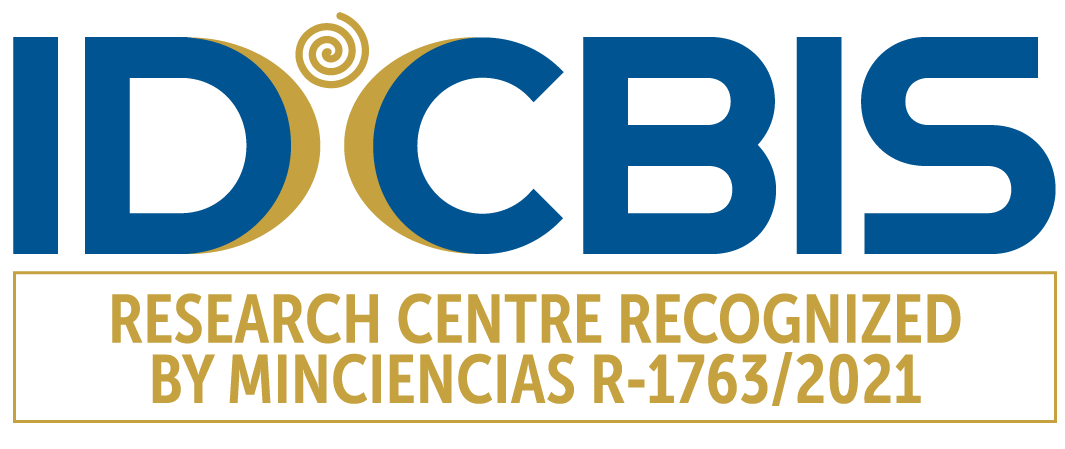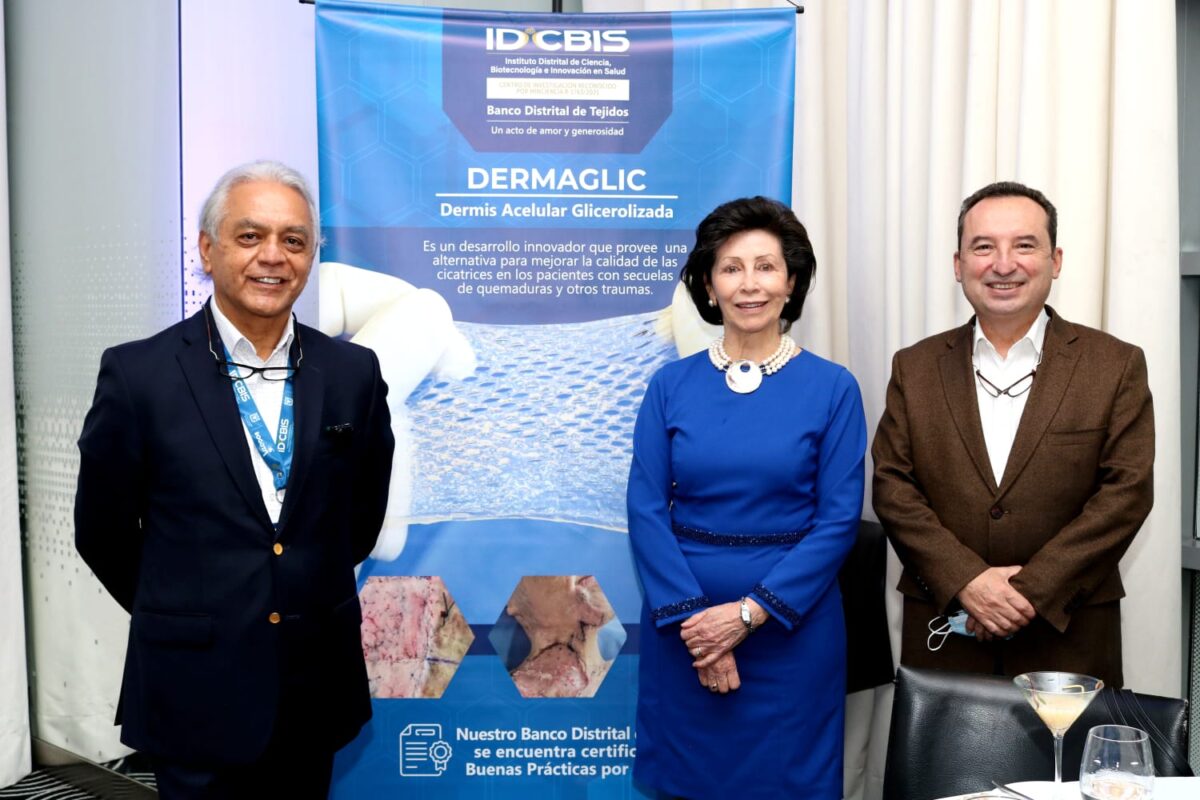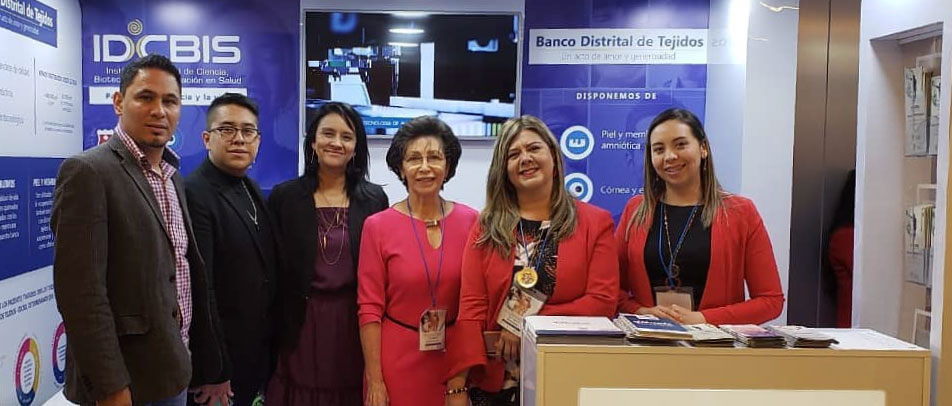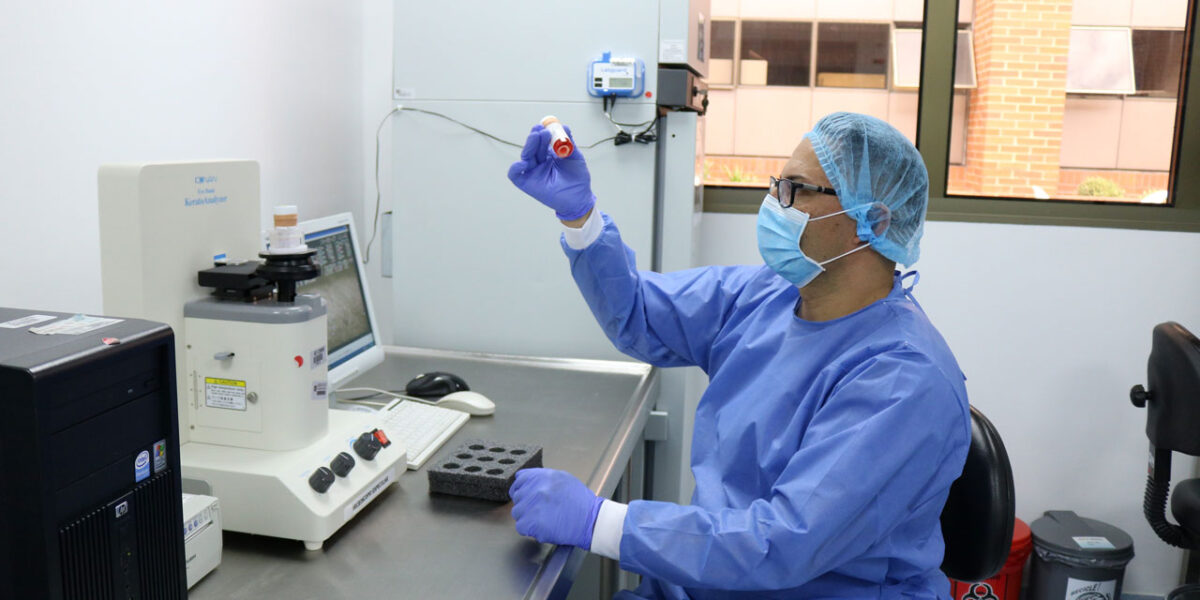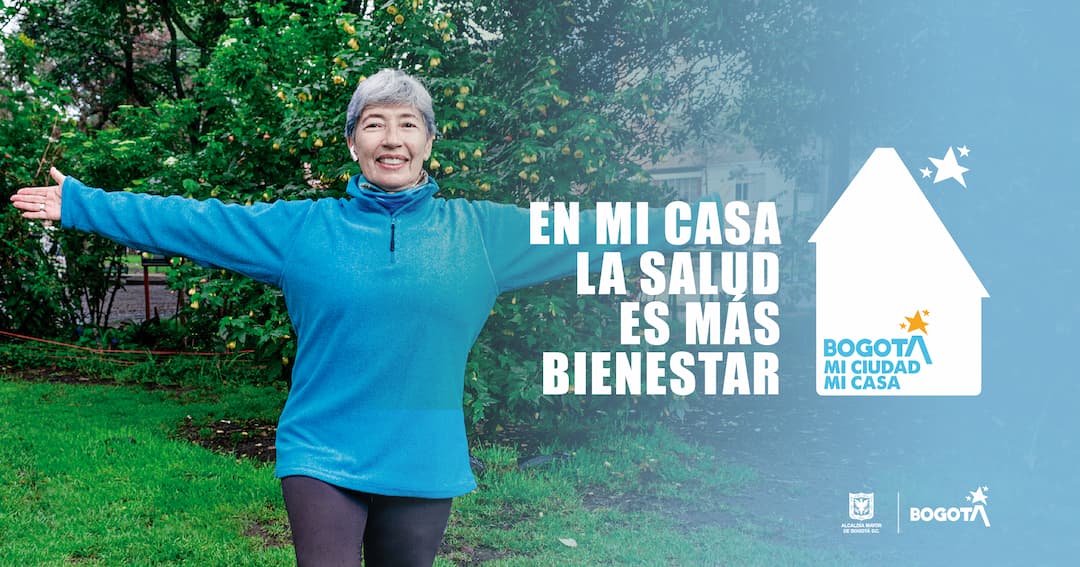The District Tissue Bank of the District Institute of Science, Biotechnology and Innovation in Health (IDCBIS) has established itself as a reference bank in Latin America, training health professionals from different countries of the continent, this time the turn was for Chile.
August 26, 2022. The tissue bank of Iquique, Chile, is developing a project that arises from the need of skin allografts for the management of burn patients. In Chile, on average there is only one skin donor in the country per year, therefore, the availability of cadaveric donor skin for transplantation is almost null. This opened the need for the use of living donor skin from body contouring surgeries.
In order to improve, grow and have the standards that a tissue bank requires, doctors Aldo Cañete, children's surgeon and director of the Regional Skin and Tissue Bank; Luana Mandriaza, coordinator of the Regional Bank; Jennifer Gómez, nurse in charge of organ and tissue procurement; María José Pulgar, nurse coordinator of the skin program and Dr. Marcelo Fonseca, plastic surgeon, arrived in Bogotá on August. Marcelo Fonseca, plastic surgeon, arrived in Bogota on August 22 and during their visit they have been trained in the processes of rescue, processing and quality management of lamellar tissue, skin, amniotic membrane and acellular dermis at the IDCBIS District Tissue Bank.
During their visit, the professionals of the Tissue Bank of Iquique attended the Burn Unit of the Simon Bolivar Hospital, as a referral in the integral treatment of the burned patient.
The District Tissue Bank of the District Institute of Science, Biotechnology and Innovation in Health (IDCBIS) is the only multipurpose public bank in the country and the first in Latin America with development and standardization in acellular dermis to favor the regeneration of definitive skin in burn patients. The Bank has INVIMA certification in good practices for ocular, musculoskeletal and skin tissue, in addition to being pioneers in Colombia in the amniotic membrane donation program, tissue that is used for the treatment of burn patients and for ophthalmology and maxillofacial surgery specialties.
"This knowledge that IDCBIS has given us will help our patients in Chile, since we are the only ones who process skin and we will be able to perfect our processes to improve the quality of life of many people," said Dr. Marcelo Fonseca, plastic surgeon.
This referral visit was possible thanks to the willingness of the Bank's staff headed by the director of IDCBIS, Dr. Bernardo Camacho, who has been leading international cooperation agreements that allow the consolidation of a scientific and medical community in the country and the region around research and altruism of citizenship.

